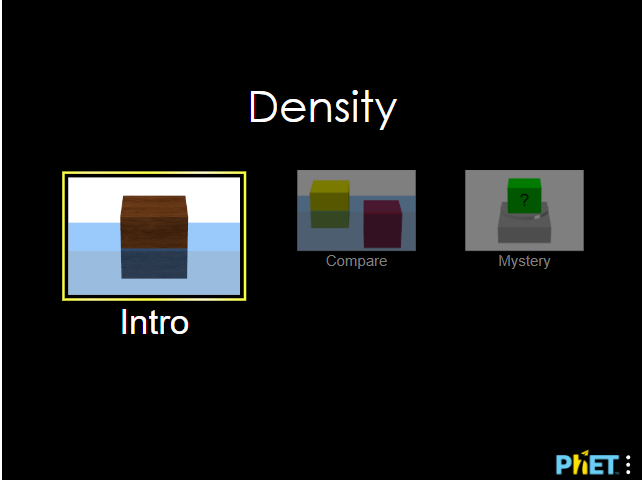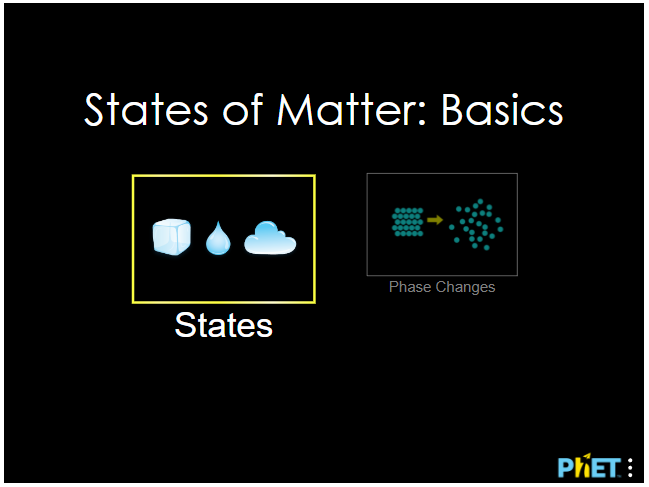Answered step by step
Verified Expert Solution
Question
1 Approved Answer
This physics experiment consists of two physics simulations that will help in understanding density and its relation to buoyance, states of matter, and temperature. Density,
This physics experiment consists of two physics simulations that will help in understanding density and its relation to buoyance, states of matter, and temperature.
Density, the ratio of mass to volume (mass density) or weight to volume (weight density), is an important property for many reasons, including buoyancy, which is explored in this physics simulation.After completing the activities, conclude the Experiment Report.
- In the physics simulation,select Introon the opening screen of the simulation and take several minutes to play around with the simulation, trying out the controls and seeing what effect they have. For example, change the mass and volume of the object and change the composition of the object. Select the two-block icon to add a second block and try changing its mass and volume too.
- After you feel comfortable operating the simulation controls,select Compareto open a new simulation screen. Note that you can select blocks to have the same mass, same volume, or same density. By default, blocks start with the same mass.
- Try to predict which of the two blocks on the left will be more likely to sink or float lower than the other. Drag both blocks into the water to test your prediction. Repeat for the two blocks on the right. If both blocks of a pair sink, adjust the mass control until at least one blocks floats. Explain any discrepancies between your predictions and the results.
- Now select in the upper right that blocks have the same volume. Repeat your predictions for the two-block pairs. Explain any discrepancies between your predictions and the results.
- When objects had the same mass, relative volume was sufficient to predict relative tendency to sink or float. When objects had the same volume, relative mass was sufficient to predict relative tendency to sink or float. Now select in the upper right that blocks have the same density and predict relative tendency to sink or float and test your prediction. Change the block density and see if that changes the results.
- Reflecting on your results, which single property (mass, volume, or density) of the blocks determined relative tendency to sink or floatIN ALL THREE CASES(i.e., same mass, same volume, same density)? What cases were not explored in this simulation? Do you predict that the same conclusion about the single property that determines sinking or floating would hold for the unexplored case(s)?


Step by Step Solution
There are 3 Steps involved in it
Step: 1

Get Instant Access to Expert-Tailored Solutions
See step-by-step solutions with expert insights and AI powered tools for academic success
Step: 2

Step: 3

Ace Your Homework with AI
Get the answers you need in no time with our AI-driven, step-by-step assistance
Get Started


